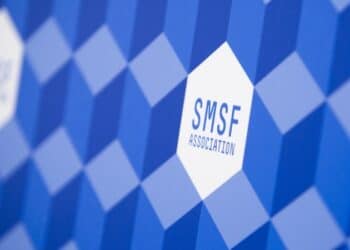William Fettes, senior associate with DBA Lawyers, said in DBA Network’s May online update that trusts are a popular structure for pulling investments, not just with real estate, and that in-house asset rules are a key component.
“Where you have an SMSF and related family group entities controlling one of these types of structures, that trust fund must be very tame in its activities and investments,” he said.
“However, one option with these types of Div 13.3A compliant trusts which, even though they’re quite restricted under the regulations, is that there is an exception for related party acquisitions.”
Fettes said, for example, a related unit trust may have family trusts or individuals as unit holders along with the SMSF and provided that unit trust maintains its ‘vanilla’ status regarding being a Div 13.3A compliant trust, there is some flexibility for SIS purposes, in terms of overcoming the general prohibition in s 66(1) of the SISA that would typically preclude an SMSF acquiring units in a private unit trust from a related party.
“Units in a private trust are not listed securities, so there’s not a headline exception for that, but there is for shares or units in entities that are compliant with the regulations in Div 13.3A,” he said.
“That adds a nice dimension to them, where you can potentially engage in a creeping acquisition style strategy where perhaps the SMSF increases its ownership percentage of the trust from a related party over time.”
However, Fettes cautioned that if using this type of strategy, it’s important to watch for any landholder implications or other indirect tax implications.
“It’s important to emphasise that unit trusts don’t have an inherent characteristic of being related, non-related or Div 13.3A compliant but should be looked at from the perspective of an SMSF that’s investing or about to invest,” Fettes said.
“If there are multiple SMSFs invested you have to apply the same rules from the perspective of that particular SMSF and family group.”
To understand the concept of related trusts, Fettes said it is important to look at the standard of control of a trust, which is applied based on grouping provisions.
“You are essentially grouping together any permutation of fund members and their Part 8 associates, whether they’re acting together or alone,” he said.
“To do that analysis properly can be an involved exercise, but you need to essentially have a good understanding of both the grouping rules and all the particular Part 8 associate linkages.”
He added that it can be easy to overlook certain types of connections or “jump at shadows” concerning things one may have a suspicion that might be a problematic linkage but are not.
Fettes said that unlike Div 13.3A unit trusts, where there’s an express exception for related party acquisitions to occur, there is no equivalent exception for units in a closely held private unit trust that is a non-related trust to be acquired from a related party.
“If you had an unrelated unit trust, but there were in the one family group different unit holders such as a discretionary trust and an SMSF, the SMSF can’t generally acquire units owned by the family trust because that’s a related party acquisition unless you’re covered under some separate exception,” he said.
“Of course, other general exceptions that can potentially apply in limited circumstances, such as the exception for fund mergers, related party acquisitions made in connection with a relationship breakdown, or where the trust is no longer a non-related trust and the fund is acquiring allowable in-house assets, subject to the overall five per cent limit.”


